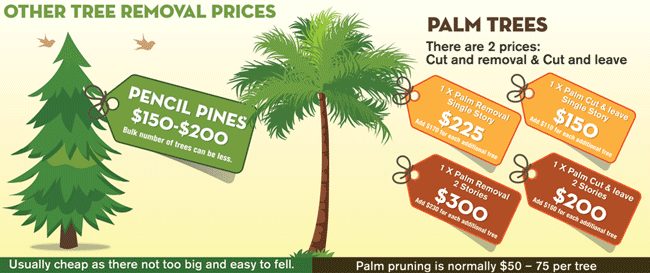Look For Essential Indicators That Suggest Your Tree May Be A Threat; Recognizing These Can Assist Safeguard Your Residential Or Commercial Property And Those You Care About.What Should You Watch On Next?
Look For Essential Indicators That Suggest Your Tree May Be A Threat; Recognizing These Can Assist Safeguard Your Residential Or Commercial Property And Those You Care About.What Should You Watch On Next?
Blog Article
Content Author-Troelsen Aagaard
When it concerns tree treatment, recognizing the indications that it's time for removal is crucial for your safety and building. You could notice tarnished fallen leaves, wilting branches, or odd fungal growths suggesting illness. Structural concerns, like a significant lean or fractures in the trunk, can also posture threats. Recognizing these indication can help you make informed decisions about your trees and avoid potential hazards hiding in your backyard. What should you search for following?
Indicators of Degeneration and Illness
When you discover indications of degeneration and illness in your trees, it's critical to act quickly. Search for blemished leaves, wilting branches, or uncommon developments like fungus. These can indicate that your tree is having a hard time.
If you see cracks in the bark or soft, mushy wood, these symptoms suggest internal decay. In addition, a sudden rise in parasites around your tree can signal that it's deteriorated and prone.
Check for any type of dead or dying limbs, as they posture a danger to your property and safety and security. If you're uncertain regarding what you see, getting in touch with an arborist can give clearness.
Attending to these signs early can save you from a lot more comprehensive damages and make sure the health of your backyard. Don't wait until it's far too late.
Structural Instability and Leaning
As you observe your trees, keep an eye out for any kind of indications of architectural instability or leaning. If a tree leans substantially, it may show that the root system is compromised.
Tree Trimming Certification for any kind of splits in the trunk or dirt around the base; these can indicate potential failure. Furthermore, check for uncommon development patterns, like an unbalanced crown, which may recommend that the tree is battling to hold itself upright.
If you see that the tree leans toward your home, high-voltage line, or various other structures, it positions a better risk. Don't overlook these indications-- get in touch with an arborist to evaluate the circumstance.
Taking action early can avoid expensive damages and ensure your safety and security.
Dead or Perishing Branches and Foliage
If you notice dead or dying branches and foliage on your tree, it's a clear indicator that something's incorrect.
These harmful locations can indicate underlying concerns like disease, insect problems, or environmental tension. When branches lose their leaves or transform brown, they're no more adding to the tree's wellness. Disregarding these indicators can cause additional decline, making your tree much more dangerous.
When Do You Prune A Peach Tree can easily break off during storms, posing a threat to residential or commercial property and people nearby. It's essential to analyze the degree of the damage.
If the problem affects a substantial part of the tree, take into consideration speaking with an expert. They can assist determine if removal is necessary to make sure security and keep the elegance of your landscape.
Verdict
If you see any kind of signs of decay, architectural instability, or dead branches on your trees, don't overlook them. These indications can present significant safety dangers to you and your home. It's always best to consult an expert arborist that can give a specialist analysis of your trees. Taking action early can protect against crashes and costly damage, ensuring your landscape remains secure and healthy. Keep in mind, it's much better to be aggressive about tree care than to wait for a disaster to occur.
